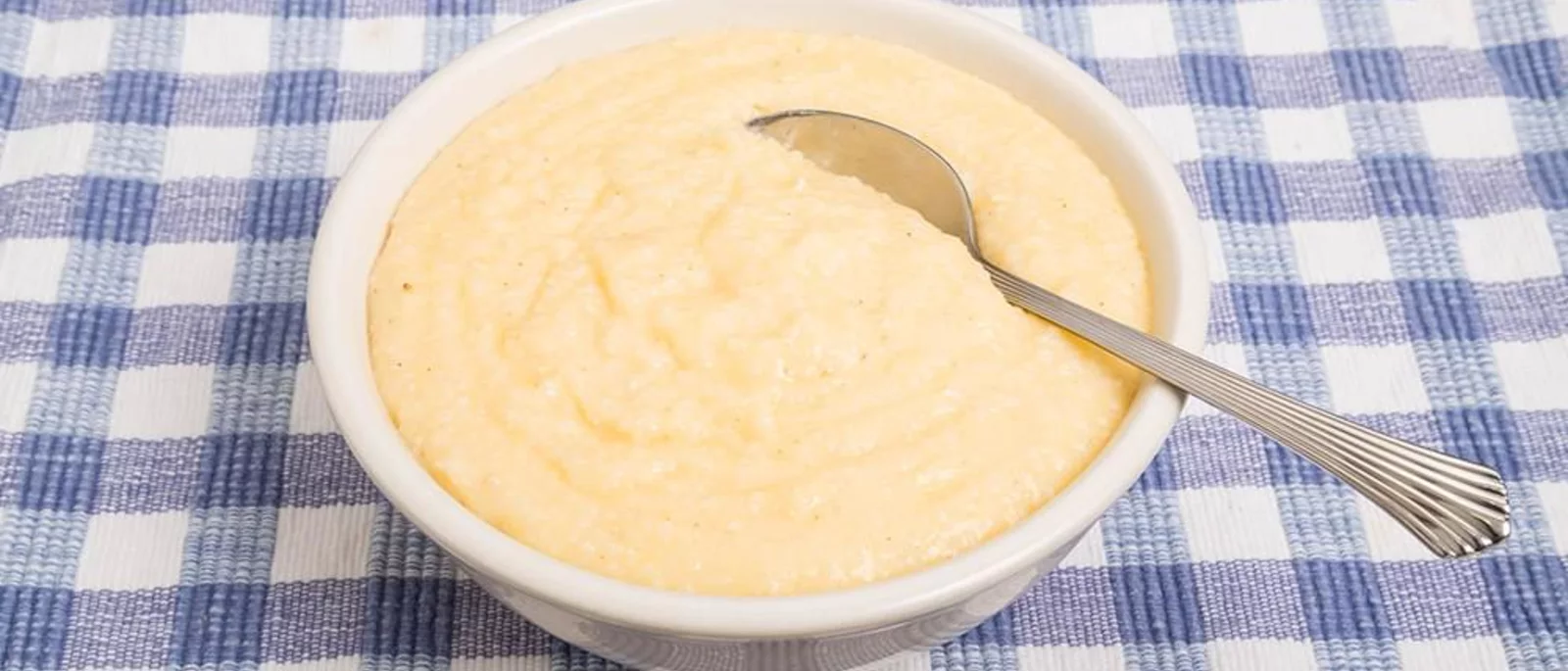Grits, a classic comfort food from the Southern United States, are often a topic of curiosity for those on a gluten-free diet. If you’re among those wondering, grits are naturally gluten-free because they’re made from corn.
However, caution is needed when selecting your grits, as some brands may be produced in facilities that also process gluten-containing grains, risking cross-contamination.
When shopping for grits, look for packages labeled “certified gluten-free” to ensure they meet strict standards and are safe for your diet. This label is your assurance that the grits have been tested and are free from gluten contamination.
Are Grits Gluten-Free?
Grits, made from corn, are naturally gluten-free. However, you must be cautious about cross-contamination during the production process.
Naturally Gluten-Free Grains
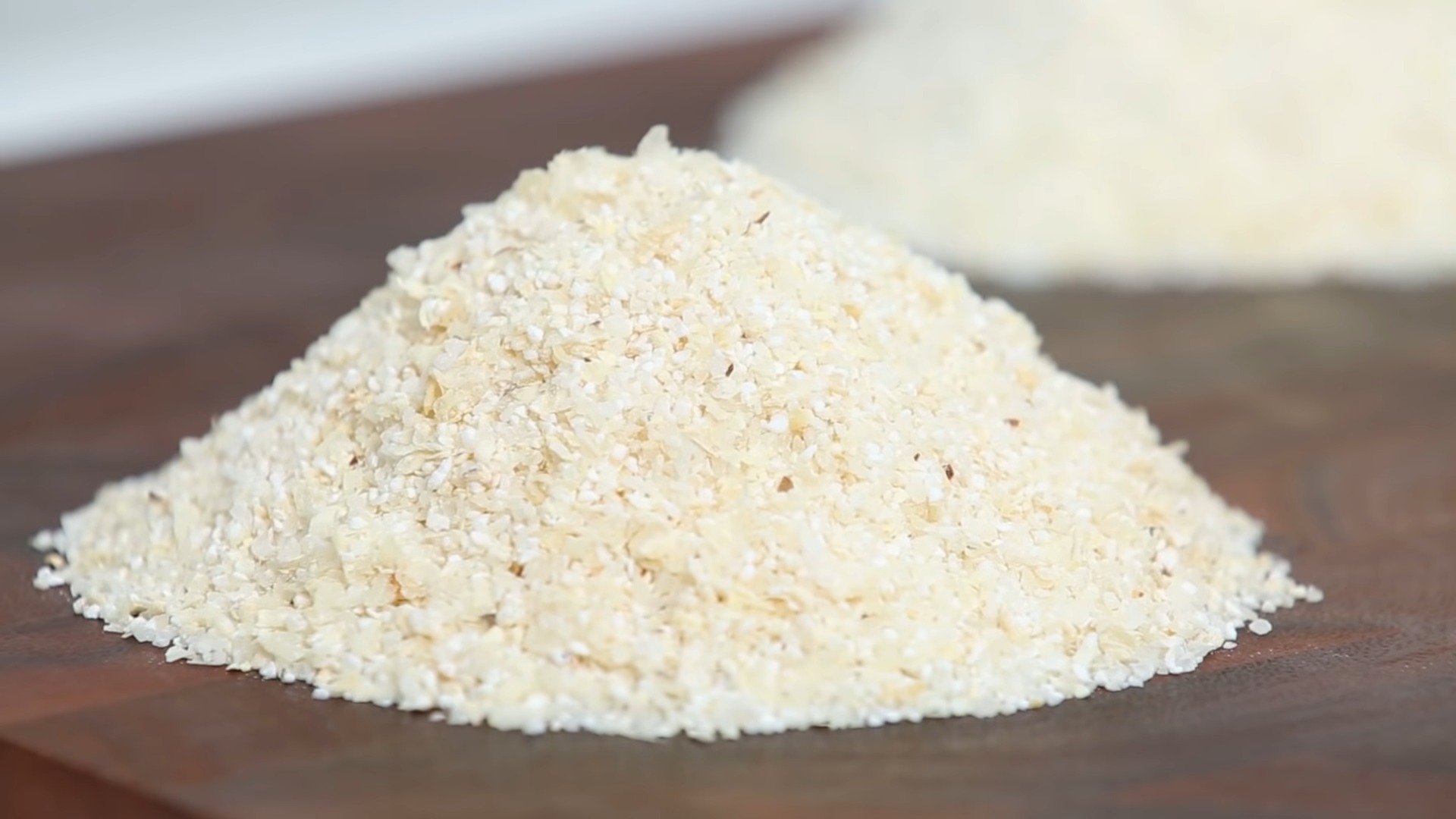
Grits are made from corn, which is a grain that doesn’t contain gluten. This makes grits safe for people with celiac disease, gluten intolerance, or gluten sensitivity.
Corn-based products, like grits, naturally don’t have gluten. Corn is a good alternative for those avoiding wheat, barley, or rye.
Check that the grits are made purely from corn without any added ingredients that may contain gluten.
Cross-Contamination Risks
Cross-contamination occurs when gluten-free grains come into contact with gluten. This can happen if the manufacturing facility also processes wheat, barley, or rye.
To avoid this, look for grits labeled as gluten-free. These products are usually produced in gluten-free facilities.
Always read the ingredients and allergy information on the packaging.
Restaurants can also pose a risk of cross-contamination. Be cautious about any extras, like gravy or sauces, which may contain gluten.
Check with the restaurant to confirm that your meal is safe.
Selecting and Preparing Gluten-Free Grits
To enjoy gluten-free grits safely, it’s important to choose the right brands and use safe cooking practices.
Gluten-Free Brands

When picking gluten-free grits, look for clear labeling and the “certified gluten-free” mark.
These labels mean the product has been tested and meets gluten-free standards.
Brands like Palmetto Farms, Bob’s Red Mill, Judee’s, Arrowhead Mills, Dixie Lily, House Autry, and To Your Health Sprouted Flour Co offer great options.
Ingredients usually include just corn, but it’s essential to read the label to ensure no added gluten.
Avoid brands that don’t specifically label their grits as gluten-free to reduce the risk of cross-contamination.
Safe Cooking Practices for Gluten-Free Grits
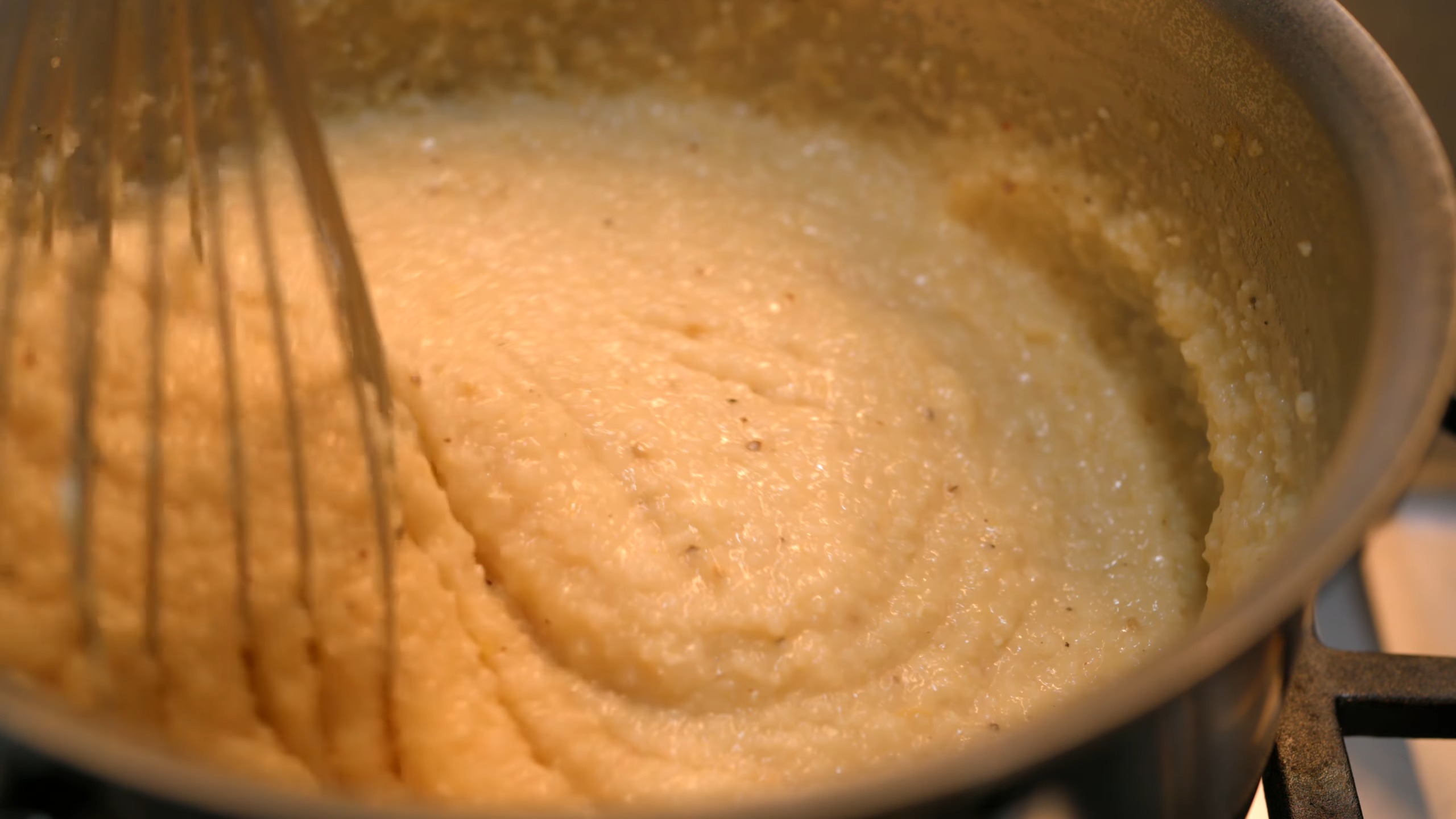
To prepare gluten-free grits safely, start by using separate utensils and cookware that are free from gluten residues.
This helps in preventing cross-contact. Always ensure surfaces and equipment are thoroughly cleaned before use.
Prepare the grits following the package instructions. Typically, this involves boiling water and adding the grits.
To enhance flavor, you can add ingredients like butter or milk, but make sure these additions are also gluten-free.
Regularly stir the grits to prevent clumping and to evenly cook them. Taste for doneness, as gluten-free grits may need slightly more cooking time.
Once done, serve them with your favorite gluten-free toppings and enjoy!
Adding Grits into a Gluten-Free Diet
Grits are naturally gluten-free since they are made from corn. Ensure they are from a gluten-free facility to avoid cross-contamination. Here are some ideas for incorporating grits into your gluten-free meals.
Delicious Gluten-Free Grit Recipes
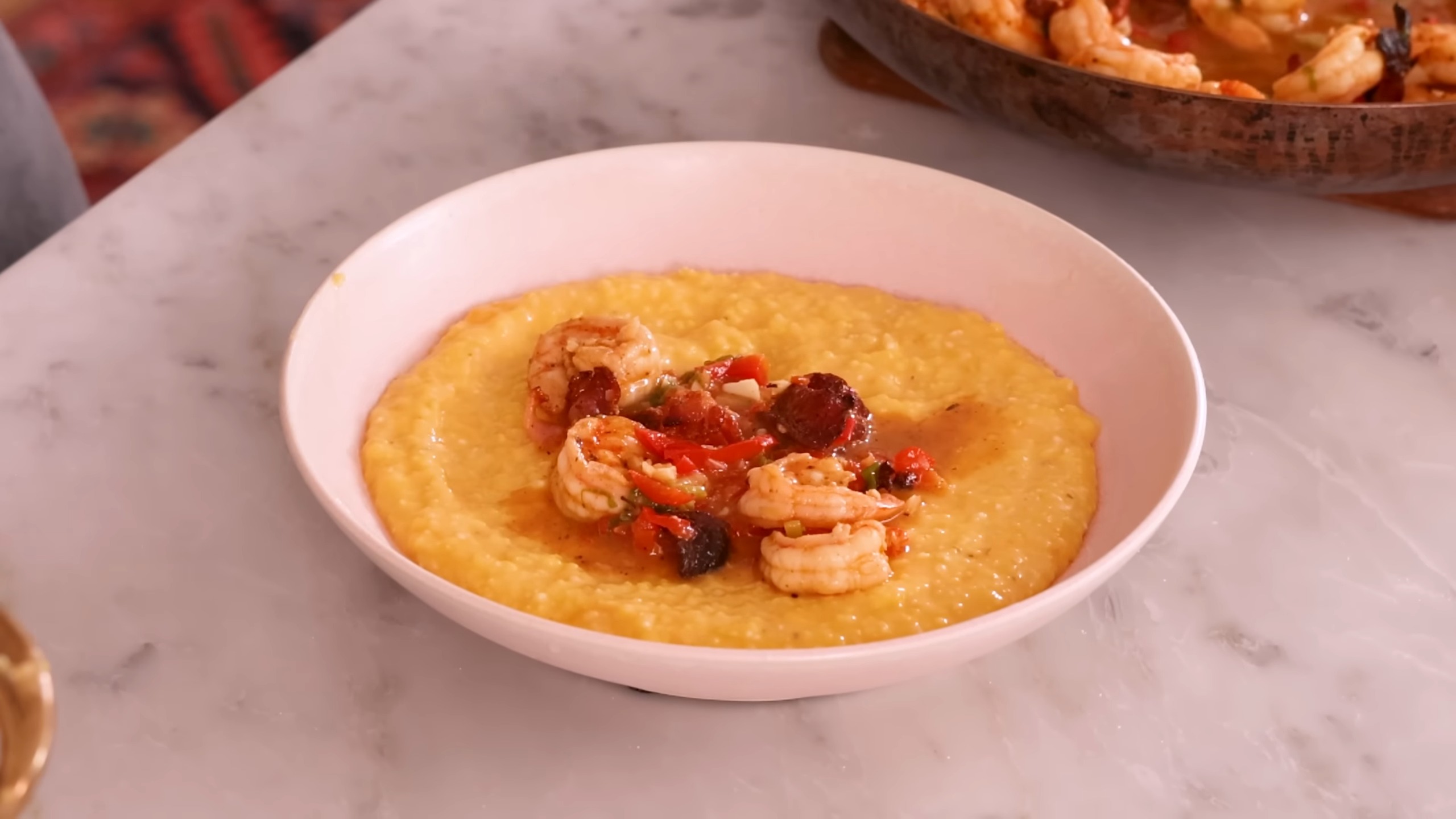
Shrimp and Grits:
- Ingredients: Shrimp, grits, chicken broth, butter.
- Instructions: Cook the grits in chicken broth. Sauté shrimp in butter. Combine shrimp and grits, and add salt and pepper to taste.
Cheese Grits:
- Ingredients: Grits, cheddar cheese, milk, butter.
- Instructions: Cook the grits as per instructions. Stir in milk, butter, and shredded cheddar cheese until smooth.
Gluten-Free Grits for Breakfast, Lunch, and Dinner
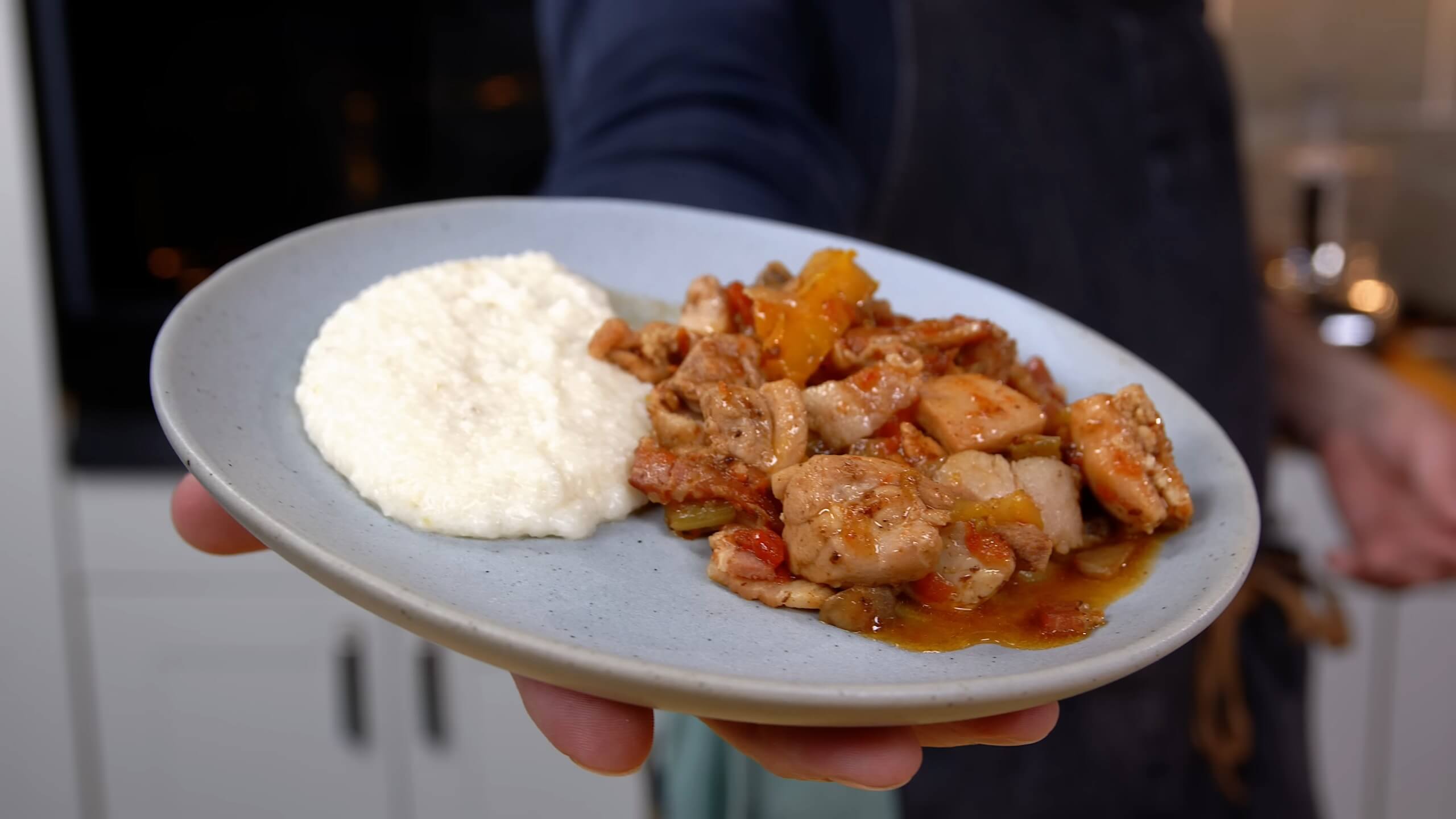
Breakfast:
- Cheese Grits with Bacon: Prepare cheese grits and top with crispy bacon.
- Grits with Eggs: Serve grits with a side of scrambled or fried eggs.
Lunch:
- Sausage and Grits: Pair grits with grilled sausage and your favorite vegetables.
- Chicken and Grits: Serve with shredded chicken and a simple gravy made from gluten-free ingredients.
Dinner:
- Vegetable Grits: Mix cooked grits with roasted vegetables like bell peppers and zucchini.
- Shrimp and Grits: A classic dinner option where you can add spices for extra flavor.
Grits provide versatility and can be adapted to many meals. Always check labels to ensure they remain gluten-free and enjoy a tasty addition to every meal.
The Origins
Grits are a staple in Southern cuisine with a rich history tracing back to Native American tribes. They are made from corn, specifically from dried hominy.
Grits are a type of porridge made from ground corn. There are two main types: hominy grits and regular grits.
Hominy grits come from corn kernels that have been treated to remove the hull and germ. This process, known as nixtamalization, makes the corn easier to grind and cook.
Regular grits are made from dried ground corn and retain more of the whole grain. Grits can vary in texture from coarse to fine, depending on the degree of grinding.
The Nutritional Profile of Grits

Grits, made primarily from corn, offer limited nutritional benefits compared to whole-grain foods.
A typical serving of grits is low in fat and contains around 150 calories, 1 gram of fat, 3 grams of protein, and 30 grams of carbohydrates.
While they are low in dietary fiber, grits are often fortified with vitamins like B6 and folate. Grits can be a good source of iron, providing as much as 10% of the daily recommended value in a single serving.
Grits in Cultural Contexts
The origins of grits are deeply rooted in Native American cuisine, particularly among the Muscogee tribe.
Historically, grits were a staple food for the Muscogee, who shared their preparation methods with early European settlers. Over time, grits became a beloved comfort food in the Southern United States.
Today, grits are featured in various Southern dishes, often enjoyed with butter, cheese, or shrimp.
Grits have also found their way into the broader American culinary scene.
Though still most popular in the Southeast, you can find them on menus across the country. This journey from indigenous staple to widespread favorite underscores the lasting cultural impact of grits.

